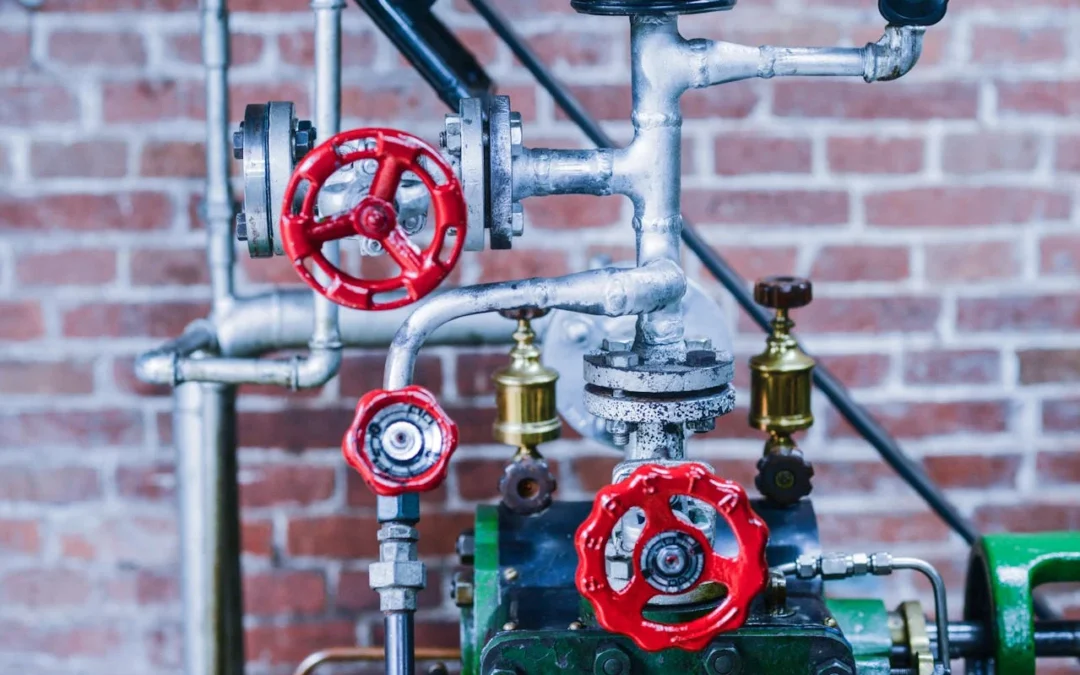Packaged pumping stations are a pivotal part of modern wastewater management systems, specially engineered to facilitate efficient water and sewage transport from areas without direct access to main drainage systems. Essentially, these units are self-contained systems that include all necessary components such as pumps, controls, piping, and valves, housed within a single, pre-fabricated unit that can be installed underground. Understanding how these stations work is essential for anyone involved in property development, municipal planning, or industries requiring effective wastewater solutions.
The operation of a packaged pumping station is relatively straightforward but crucially important. Wastewater enters the tank, often through gravity feeding. Once the water reaches a pre-set level, sensors activate the pumps, which then propel the water through pipes to the main sewer lines or treatment facilities. This automated system not only ensures the smooth transfer of effluent but also minimizes the risk of overflow and contamination, which can be detrimental to both public health and the environment.
Understanding Packaged Pumping Stations: What They Are and How They Work
Packaged pumping stations are integral to managing wastewater effectively, especially in areas that cannot connect directly to main sewage systems due to gravity or distance. These stations are complete systems where all necessary components are pre-assembled into a compact, easy-to-install unit. They typically include pumps, floats, and a control panel, all housed within a durable, watertight container that is buried underground.
The functionality of these stations hinges on automation. Sensors in the tank monitor the level of incoming wastewater. When this level reaches a certain point, the system automatically activates the pumps. These pumps then move the wastewater through the pipelines to a sewer system or treatment facility. This automation is crucial as it ensures that the station operates efficiently, maintaining the flow of wastewater away from properties, thus preventing flooding, backflows, and environmental contamination.
Key Factors to Consider When Selecting Your Packaged Pumping Station
When it comes to choosing a packaged pumping station, several key factors must be taken into consideration to ensure that you select the right system for your specific needs:
- Capacity and Size: Evaluate the volume of wastewater that the station needs to handle. This depends largely on the size of your property and the number of users. Choosing a station with an appropriate capacity is crucial to avoid overworking the system or facing inefficient handling of wastewater.
- Pump Type: The type of pump included in the station affects both the efficiency and the cost of operation. Submersible pumps, for example, are generally more efficient and quieter than external pumps but may cost more upfront.
- Material Durability: Since the station will be buried underground, it’s important that its materials are durable and corrosion-resistant to withstand the environment and provide a long service life.
- Ease of Installation and Maintenance: Consider how easy the system is to install and maintain. Systems that are simpler to install can significantly reduce initial costs. Likewise, easier maintenance means less downtime and fewer costs over time.
- Compliance with Regulations: Finally, ensure that the chosen packaged pumping station complies with local regulations and standards. Compliance not only avoids legal issues but also guarantees that the system is safe and environmentally friendly.
By carefully considering these factors, you can make an informed decision that ensures efficiency, compliance, and cost-effectiveness, ultimately securing a reliable wastewater management solution.
Comparison of Different Types of Packaged Pumping Stations
When exploring options for wastewater management, understanding the differences among various types of packaged pumping stations is crucial. Each type is tailored to specific applications, making it essential to choose one that aligns with your needs. Single-chamber pumping stations are popular for smaller residential properties due to their compact size and lower capacity. These units are ideal for handling domestic wastewater and are both cost-effective and simple to install.
On the other hand, dual-chamber stations are designed for larger buildings or those generating a significant volume of sewage, like commercial complexes or housing developments. These systems offer higher capacity and are equipped with multiple pumps, providing redundancy and enhanced reliability. The choice between a gravity-fed or pressurised system also impacts efficiency and installation location. Gravity systems are simpler and typically require less maintenance, whereas pressurised systems, though more complex, are suitable for areas with difficult topography.
Installation and Maintenance Tips for Your New Packaged Pumping Station
Proper installation and ongoing maintenance are key to maximising the lifespan and efficiency of your packaged pumping station. To ensure a smooth installation, always consult with professionals who are experienced in the specific challenges posed by your location and system type. It is vital to adhere to local regulations and standards to ensure system compliance and operation.
Regular maintenance cannot be overstated. Schedule inspections and servicing at least once a year to keep the system running smoothly. This includes checking and cleaning the pumps, floats, valves, and pipes, as well as ensuring that all electrical components are functioning properly. Anticipating repairs before failures occur can save significant time and expense. Additionally, being aware of common issues such as blockages or wear and tear on mechanical parts will help you address problems quickly and efficiently.
Conclusion
Throughout this article, we have outlined essential considerations for anyone looking to integrate a packaged pumping station into their property. From selecting the right type of station to understanding the importance of maintenance, we have covered crucial areas that will help ensure you make the most informed decisions for your wastewater management needs.
At A&C Pumps Ltd, we pride ourselves on delivering expert solutions and comprehensive support in the realm of packaged pumping stations. With a robust range of products and a keen focus on innovative engineering, we are dedicated to enhancing the efficiency and reliability of your sewage systems. Should you require assistance with selecting, installing, or maintaining your packaged pumping station, do not hesitate to contact us. Let us help you manage your wastewater more effectively, ensuring peace of mind and environmental compliance.

